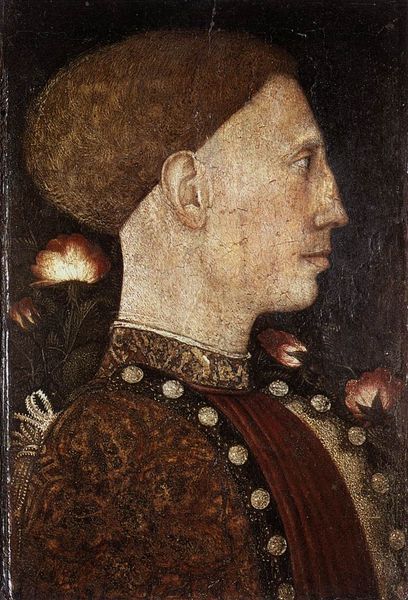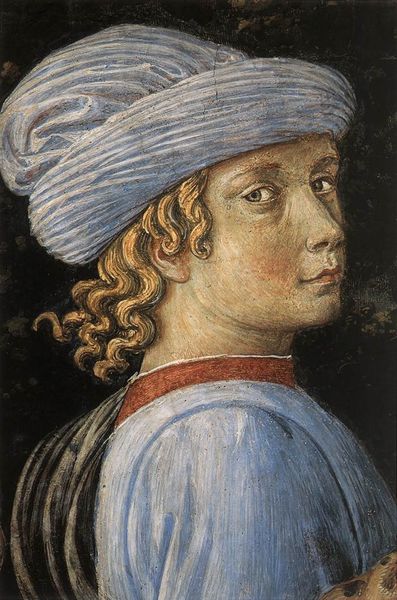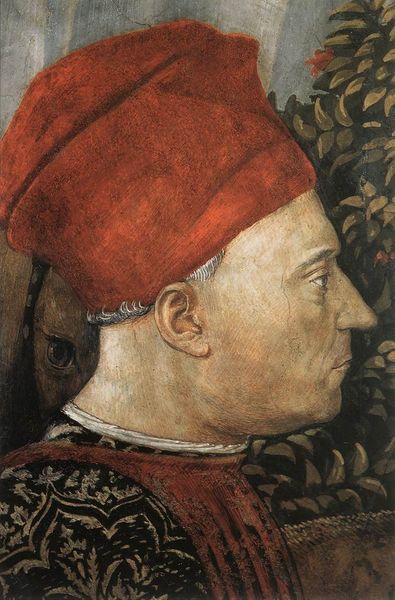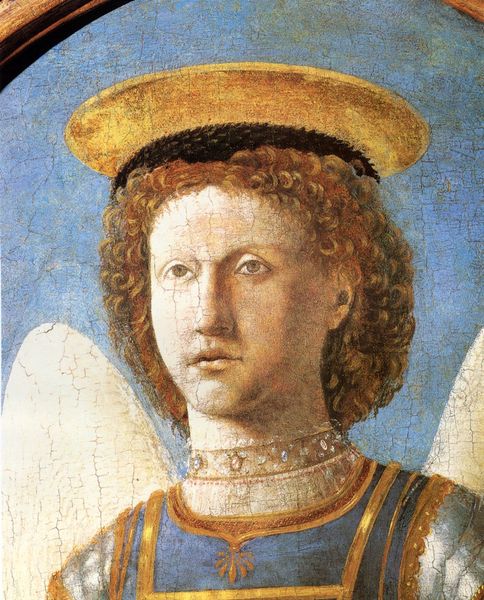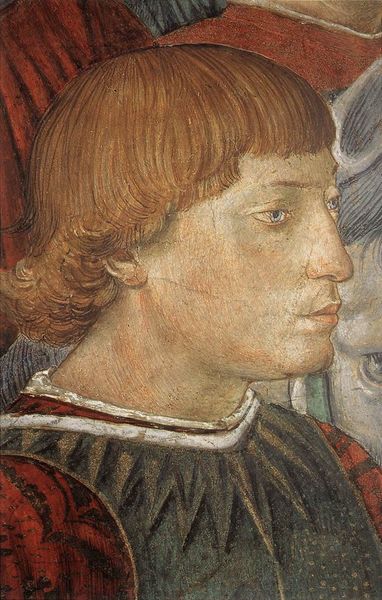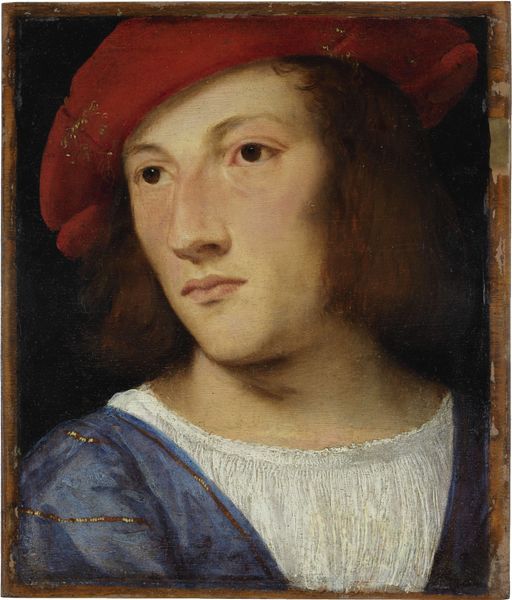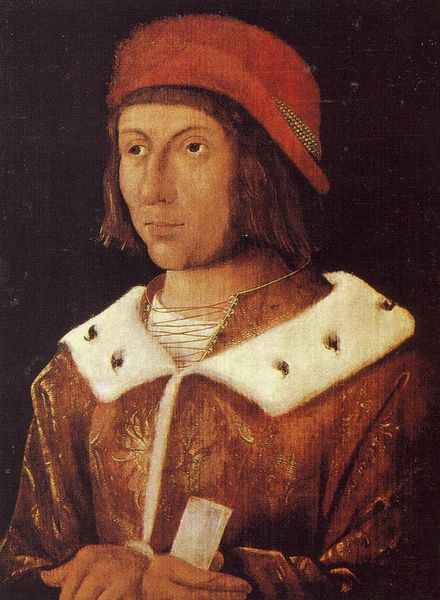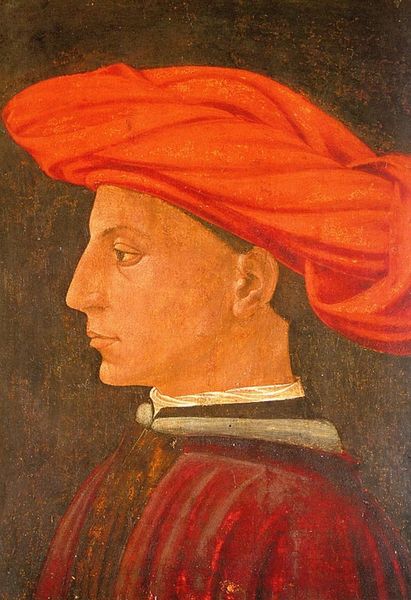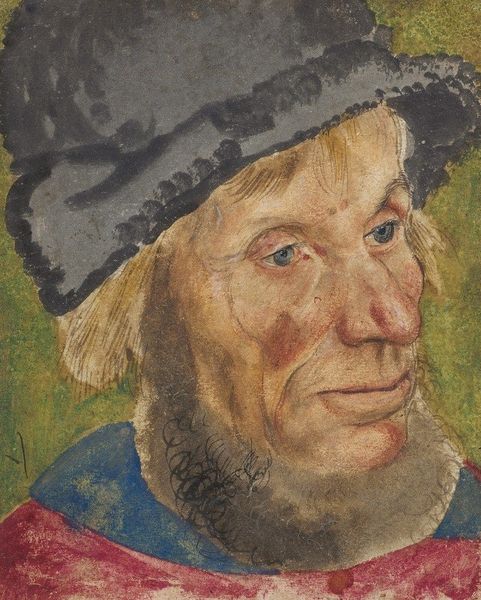
tempera, painting
#
portrait
#
head
#
tempera
#
painting
#
oil painting
#
portrait head and shoulder
#
history-painting
#
italian-renaissance
#
early-renaissance
Copyright: Public domain
Editor: So, this is a detail from Benozzo Gozzoli’s “Procession of the Magus Balthazar,” created around 1461, using tempera. This section shows a young man in profile and has an ethereal quality about it. What do you see in this piece? Curator: Beyond the surface of Renaissance artistry, this portrait speaks volumes about power, patronage, and representation. Look at the sumptuous clothing, the deliberate portrayal of youth and status. It is less about simple adoration and more about solidifying the Medici family's political and cultural influence. Considering this, what statements might Gozzoli be making about class, race and access in 15th century Italy? Editor: So, it's more than just a religious scene. The Medici family used religious iconography as a political tool? Curator: Absolutely. The opulence serves a dual purpose. It honors the biblical Magi, of course, but simultaneously it asserts the Medici's earthly power. It intertwines religious devotion with the family's ambitions, presenting them as divinely sanctioned rulers. Look at the way Balthazar, one of the Magi, is depicted - this work marks the introduction of a non-white character into the European painting tradition. What assumptions might this reinforce, and what prejudices might it challenge? Editor: It is incredible how much these historical contexts change how you see it. Curator: Exactly. This isn’t just a beautiful image. It is a complex visual argument about dynasty, religion, and societal control. By understanding its historical context, we can decode how art operates within social systems and power dynamics, shaping and reflecting ideologies of the time. Editor: I'll definitely keep an eye on those power dynamics going forward. Thanks so much! Curator: My pleasure! This type of dialogue empowers us to truly engage with history through art, making the conversation all the more relevant.
Comments
No comments
Be the first to comment and join the conversation on the ultimate creative platform.


